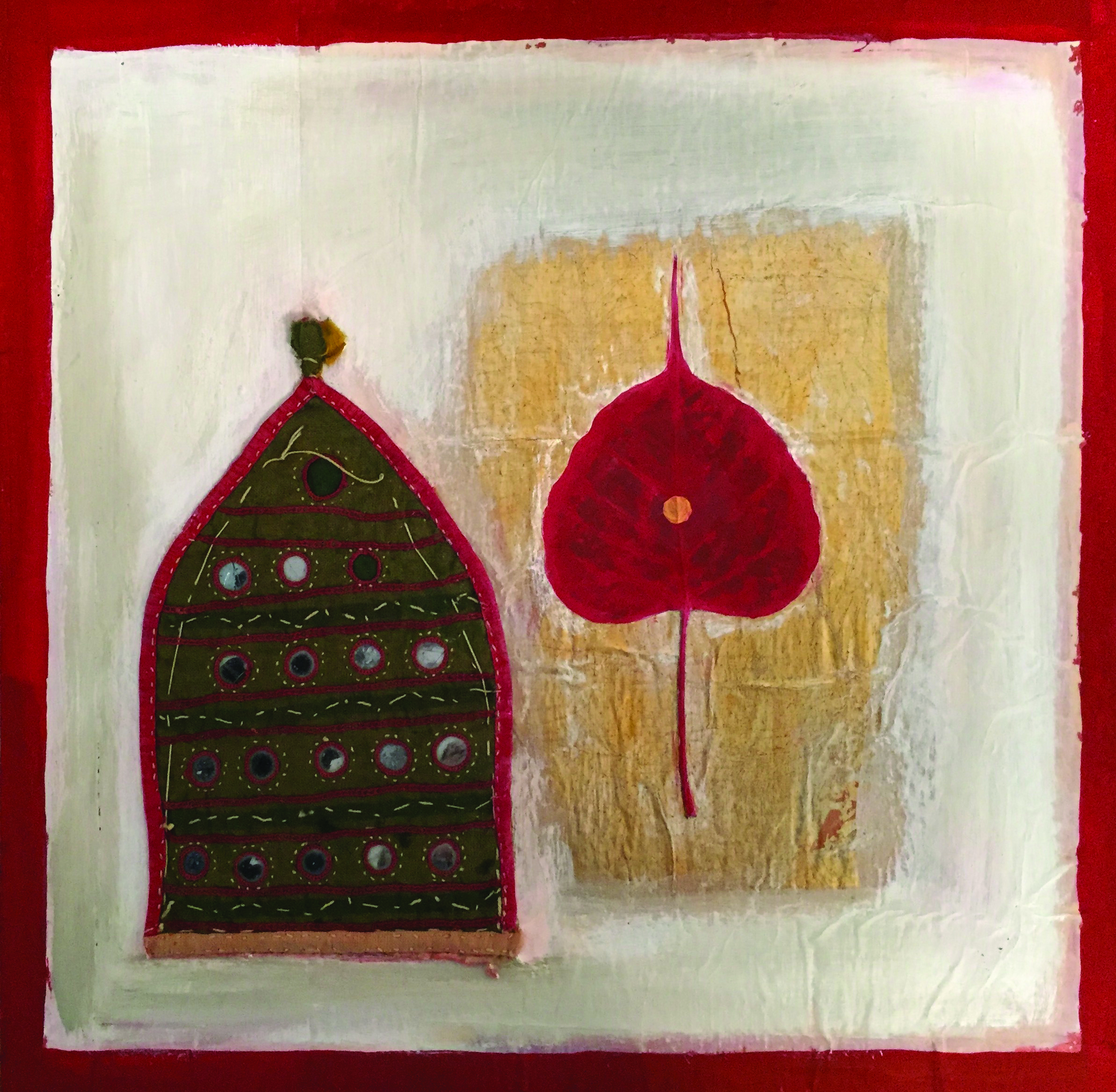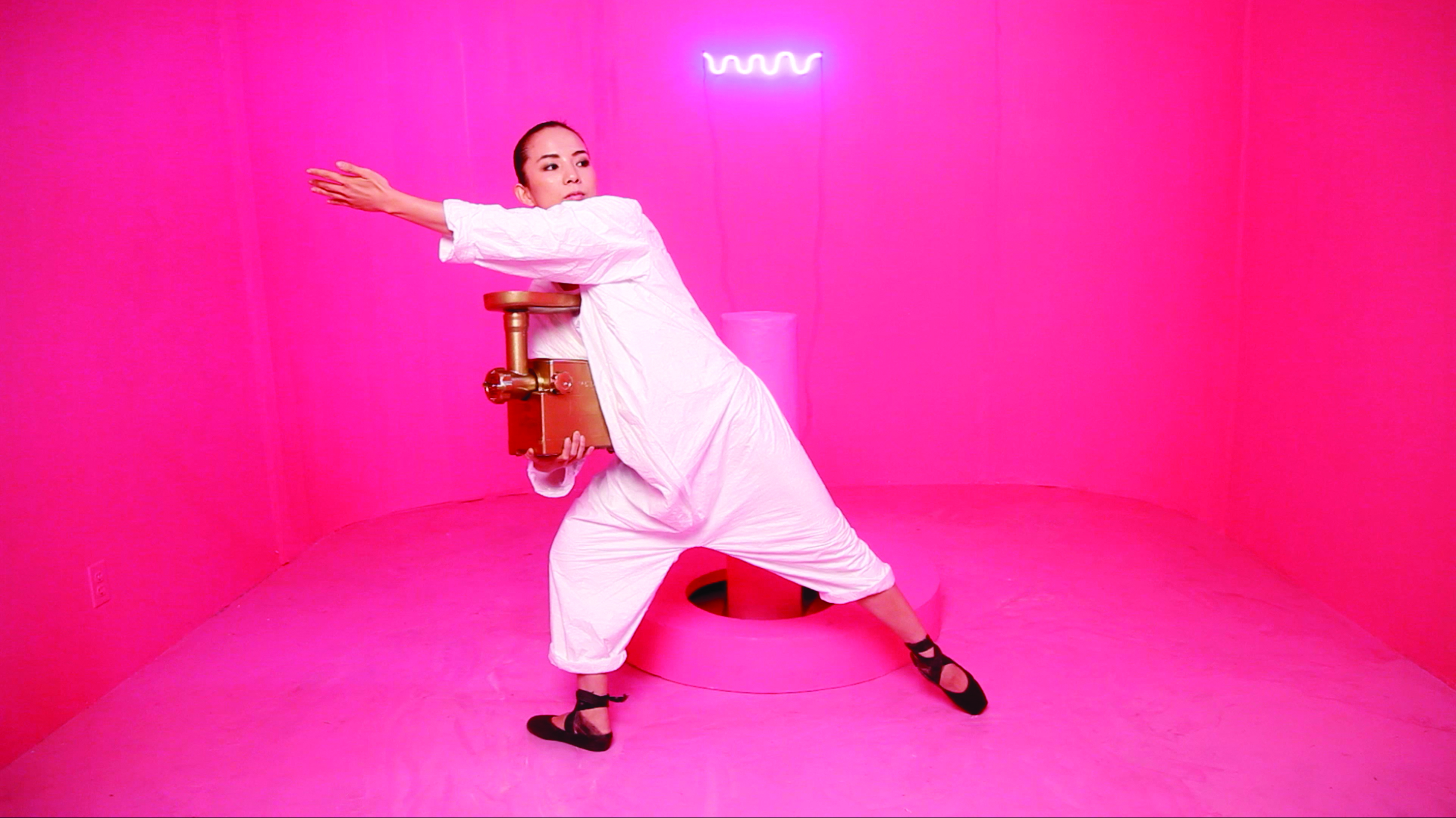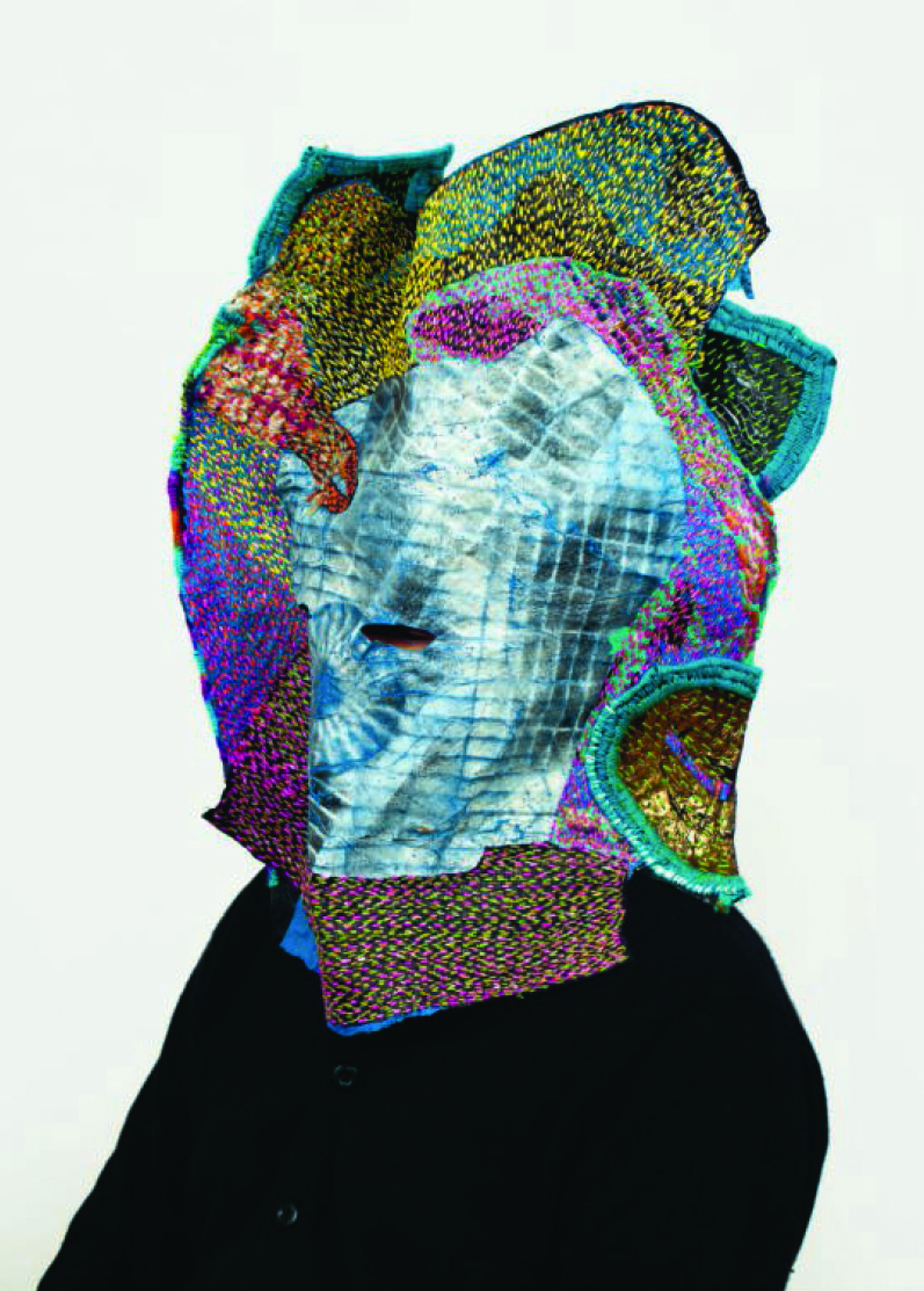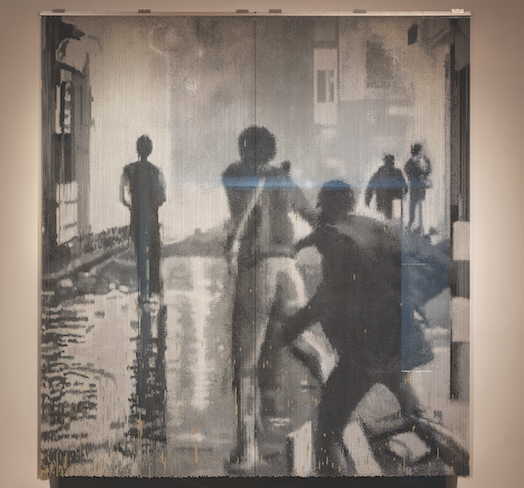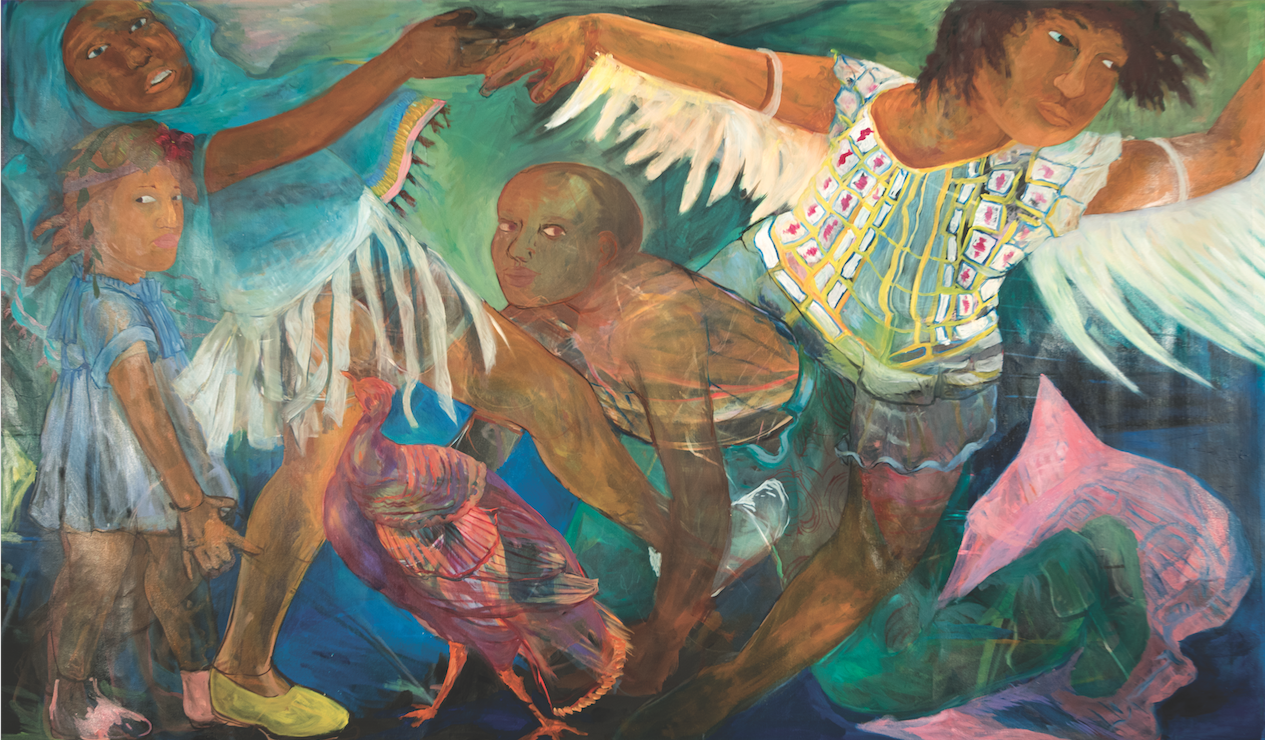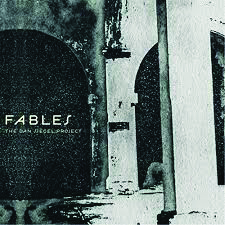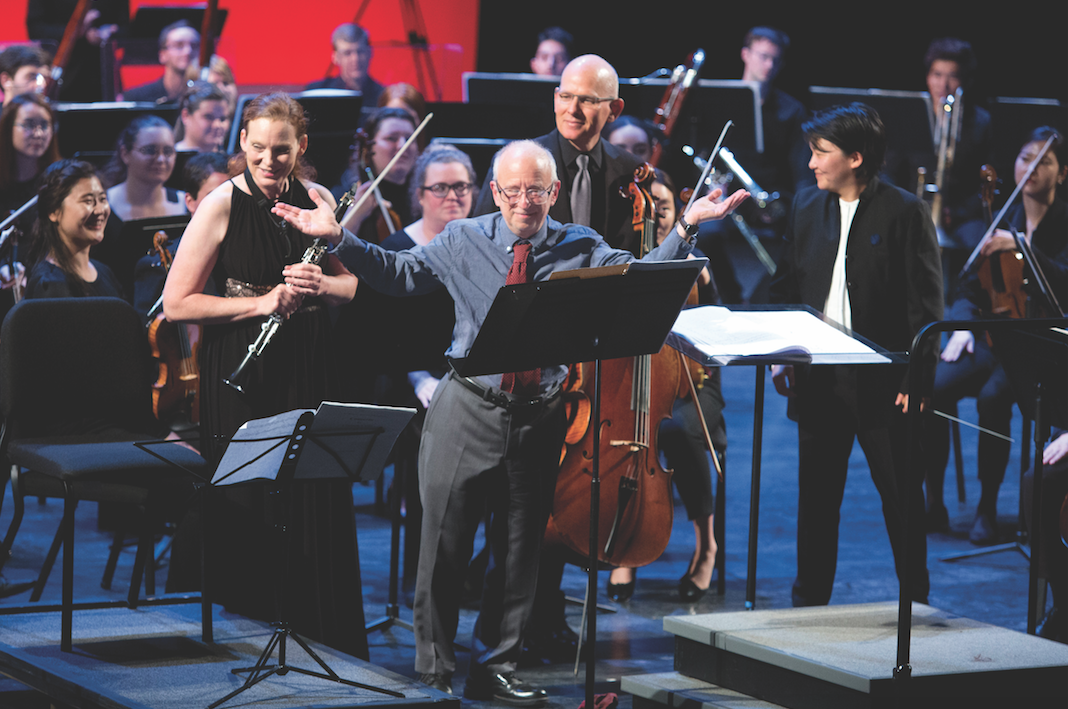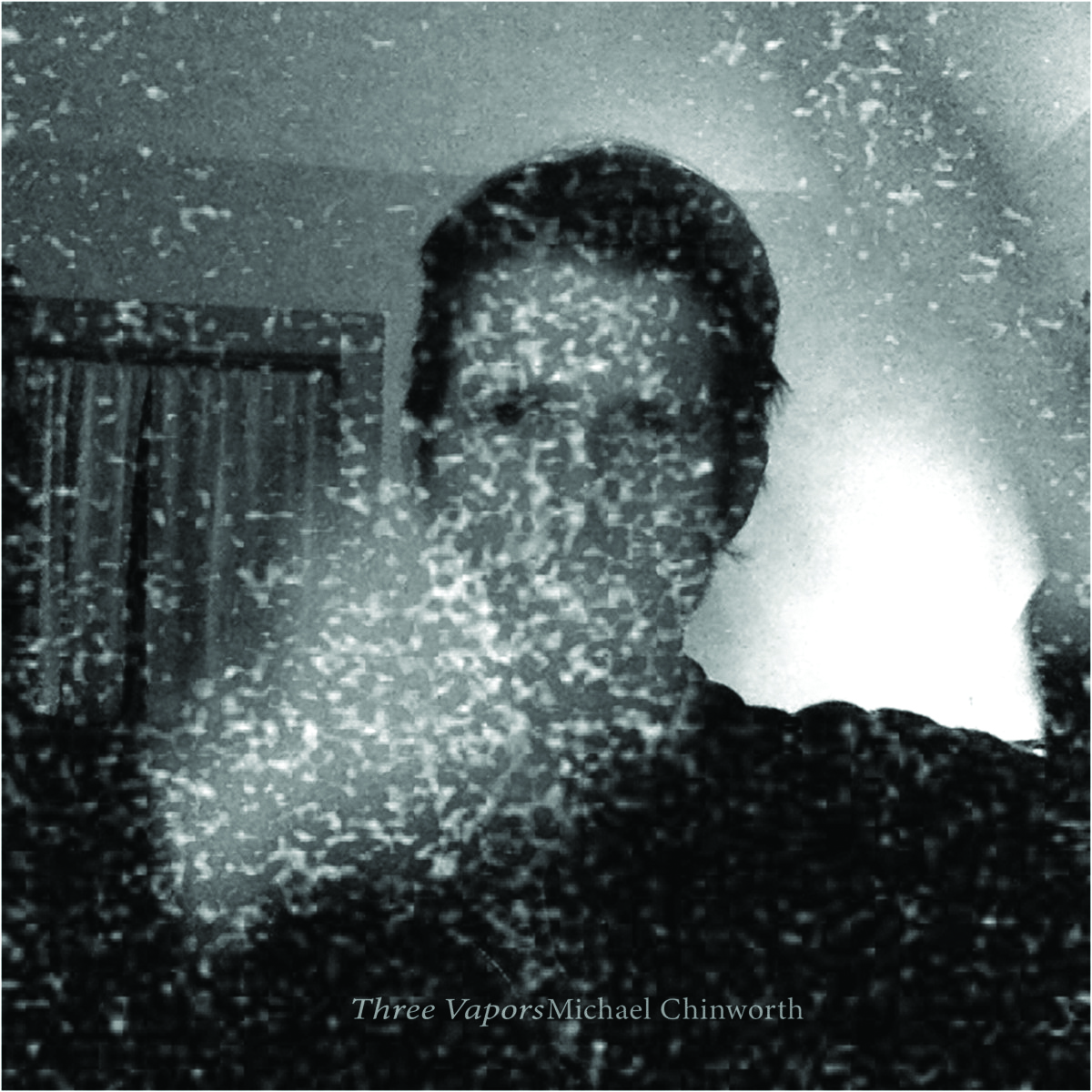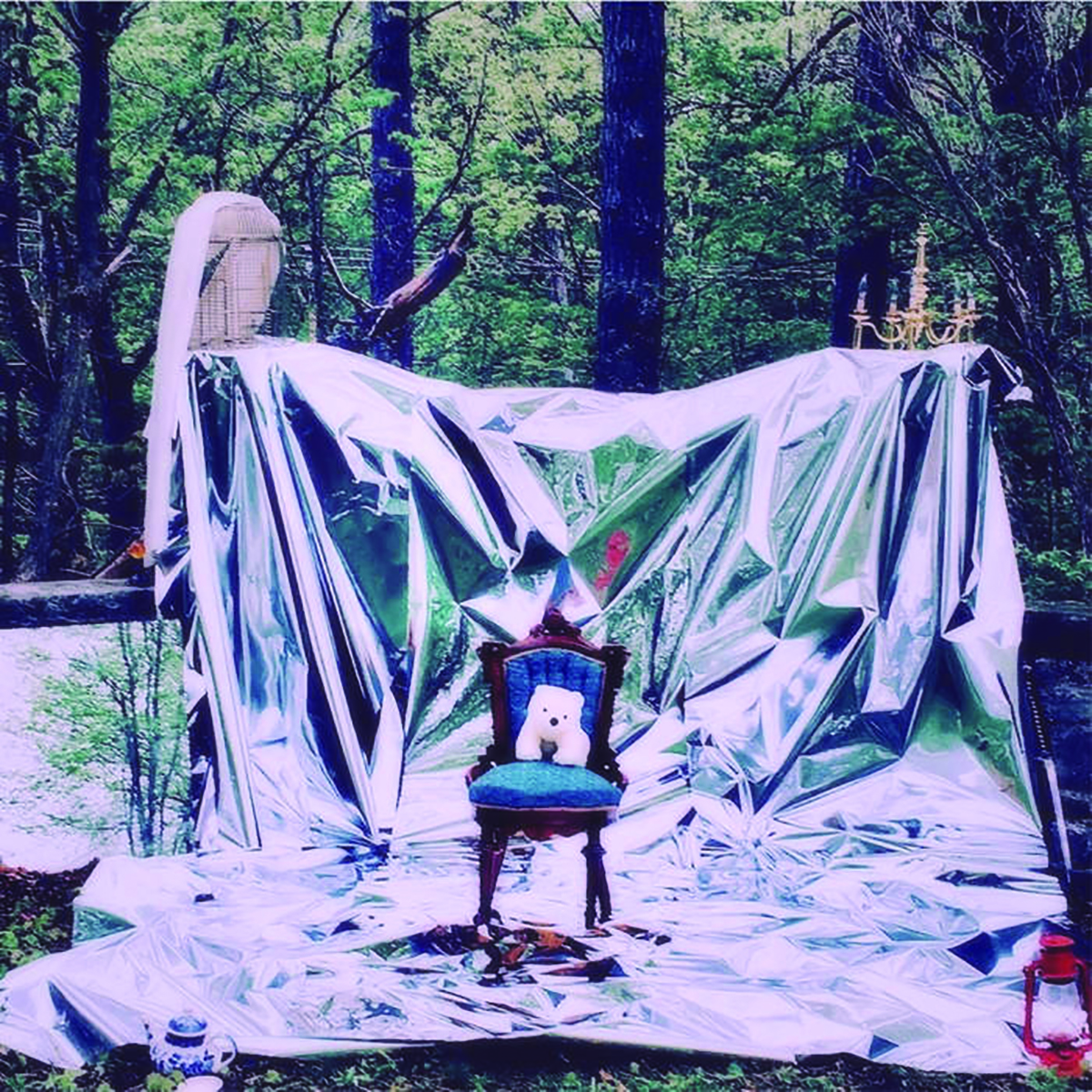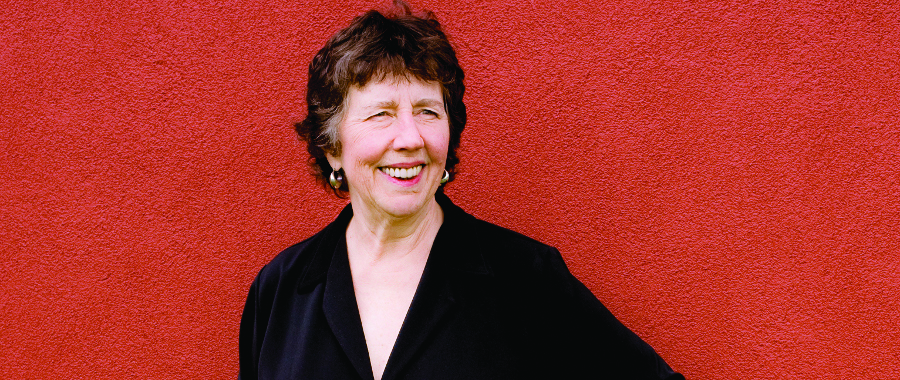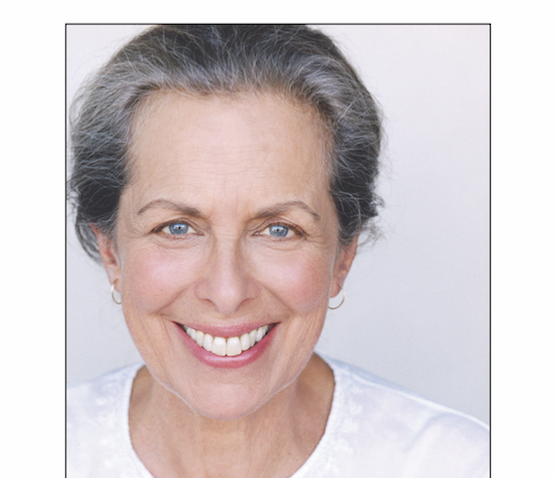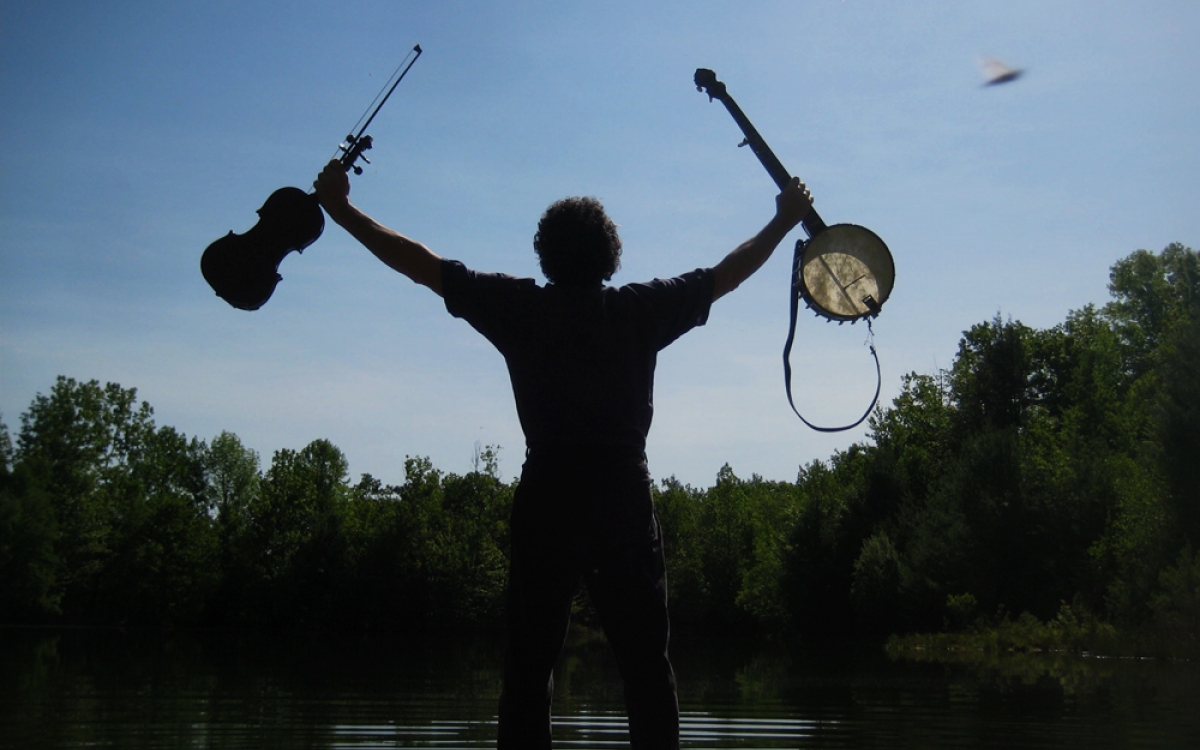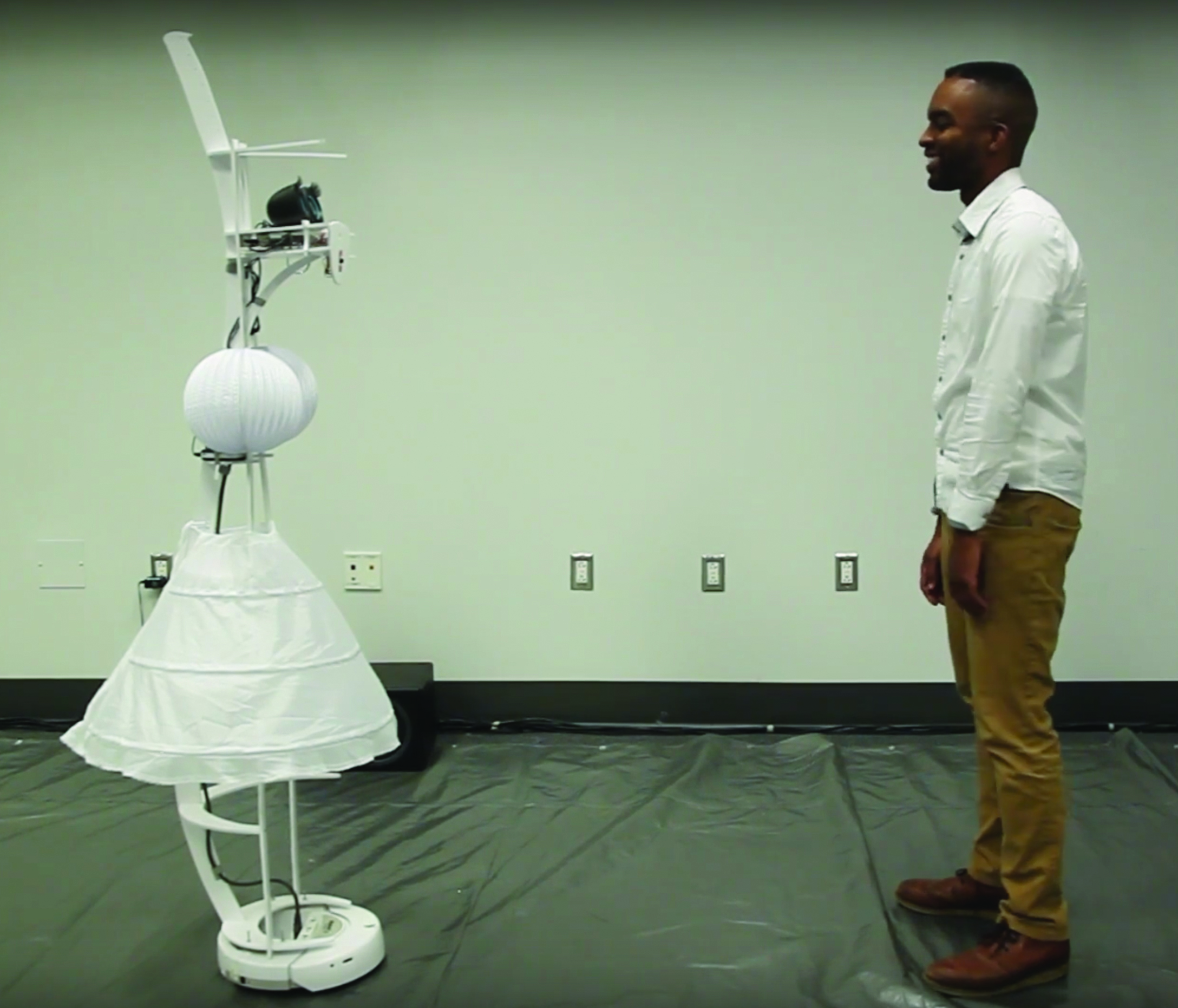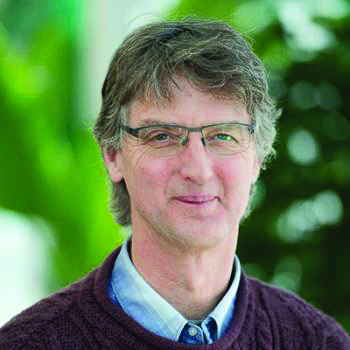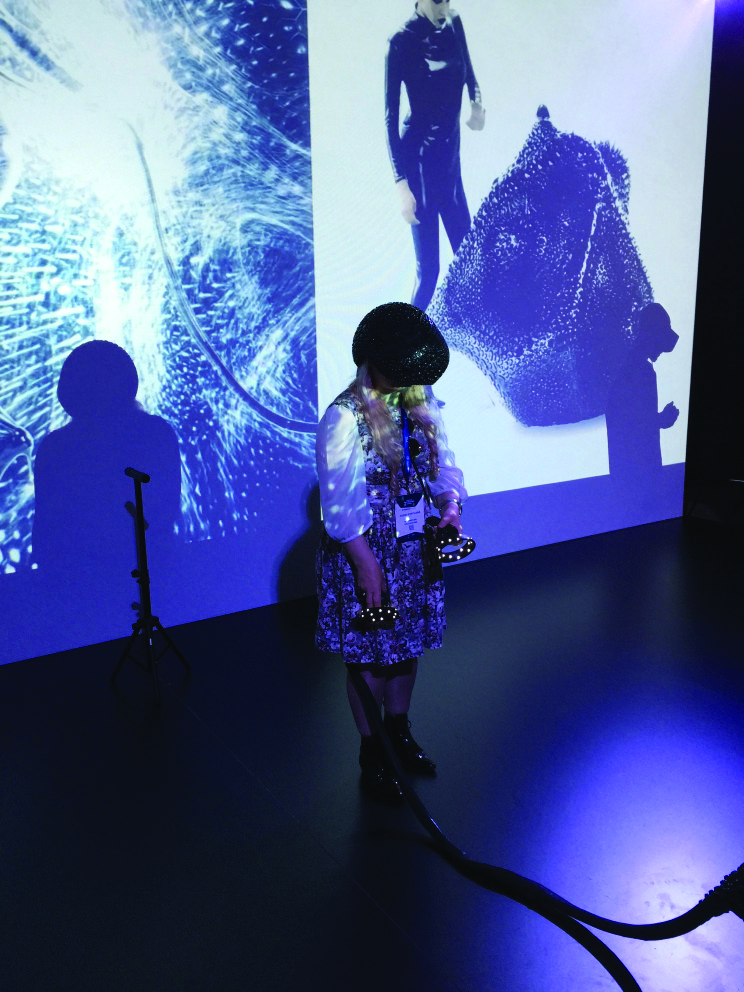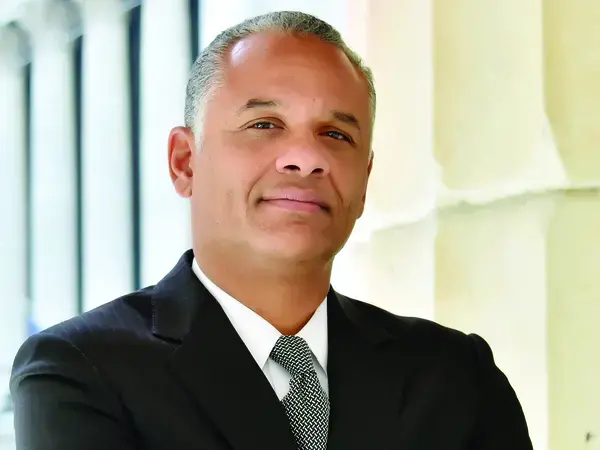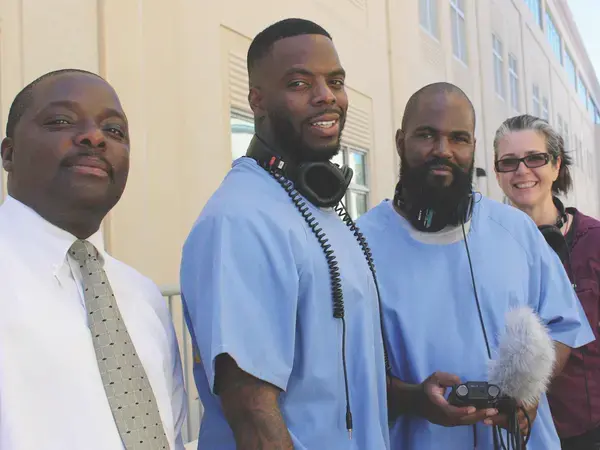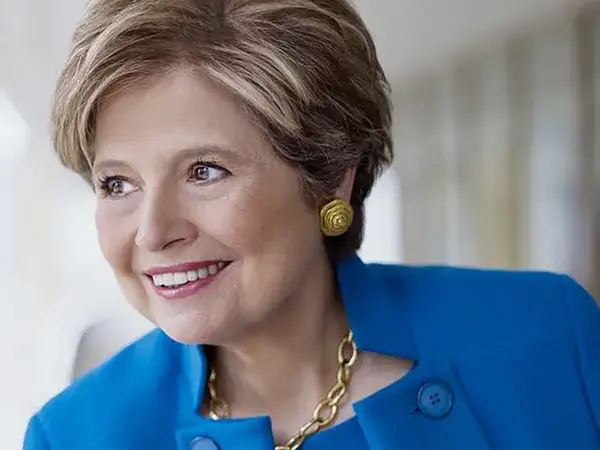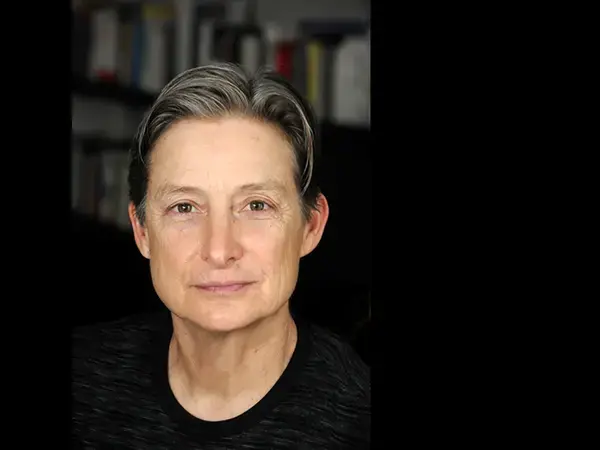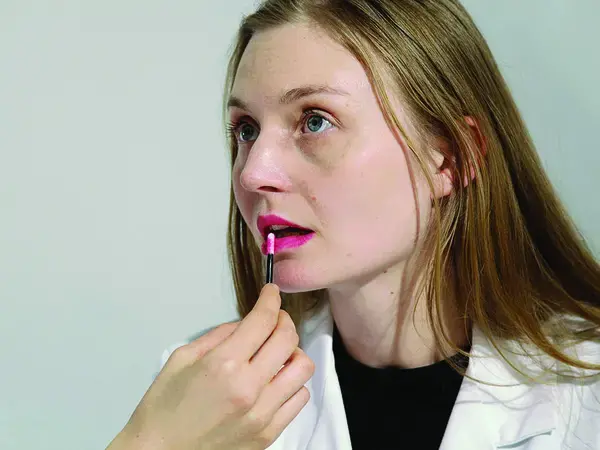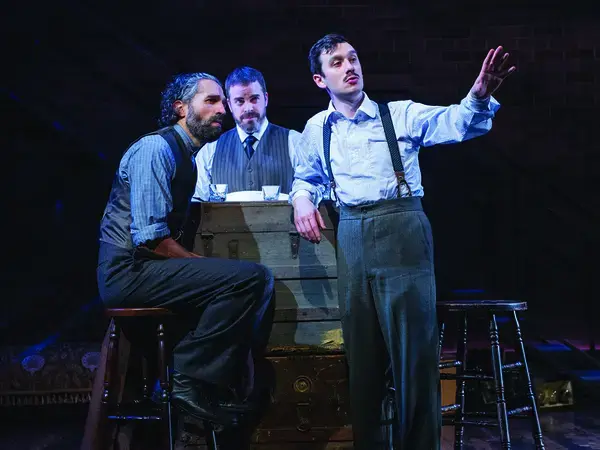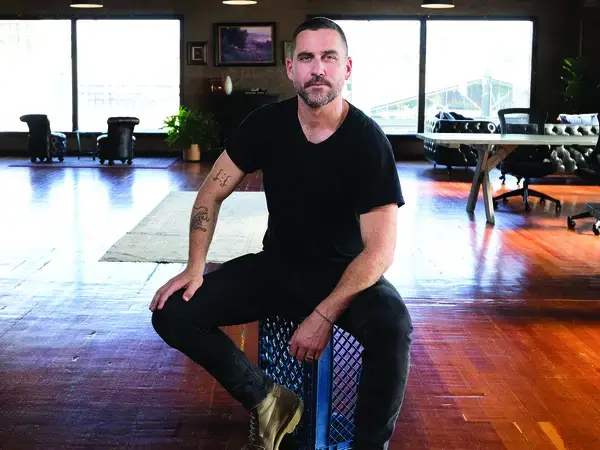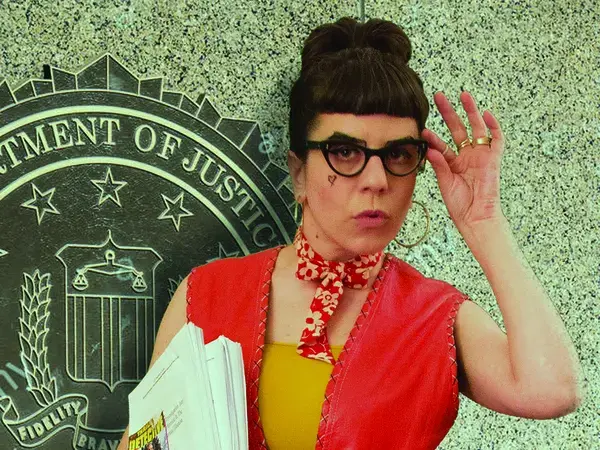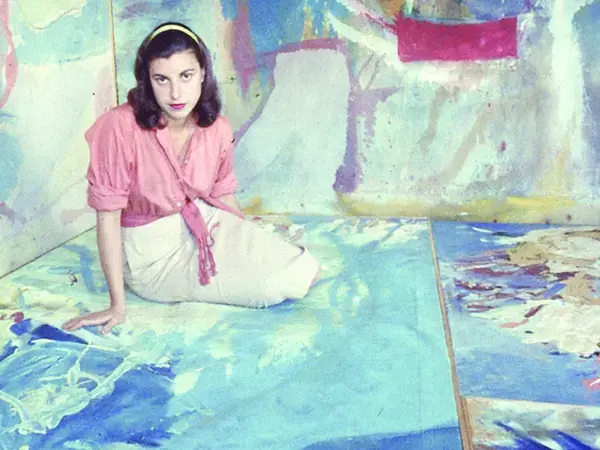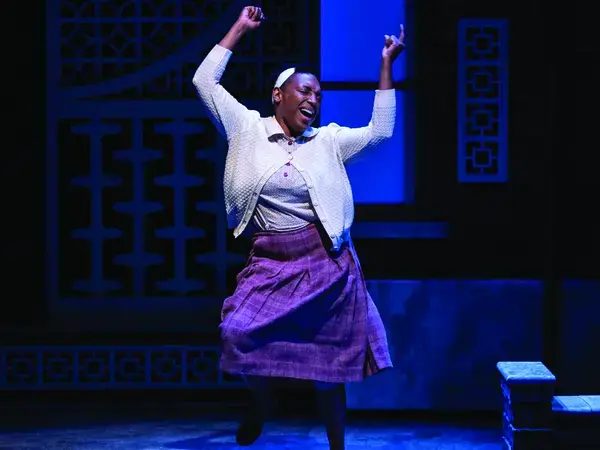What Did You Once Think Impossible That You Now Believe is Possible?
Winter 2020
When I reflect on the impossible and the possible, I think about technology. I think about the smartphone. The iPad. Alexa. Google glass. Drone delivery and self-driving cars. I think about 3D printed houses and missions to Mars.
I think about the first time I heard about The Internet. I remember what it was to learn about something for which there was no context. I didn’t know what “the Internet” meant or how it worked or even if the Internet was an “it” at all. I think about social media. I think about the Arab Spring, Occupy Wall Street, #MeToo, and this president on Twitter. As recently as 10 years ago, I would hardly have believed these platforms and systems and realities possible, and yet they have changed society entirely.
And these changes are showing no signs of slowing. In these 72 pages alone I have read at least four things I would not have believed to be possible: that hallucinogenics might be a key to understanding what happens to us when we die (page 26); that we could memorialize our loved ones by integrating their DNA into organic material (page 23); that our architecture and space can and should respond to us (page 57); that a gender theorist would be a household name (page 20).
But technological and cultural evolution are not the only lessons in possibility I have taken away from this issue. Many of the essays in the pages that follow demonstrate how the aperture of possibility was opened with time. From reflections on lifelong friendships to essays on the evolved relationship to death to those that deal with our current political landscape to contributions on what art and age makes possible, the contributors in these pages go deep and illustrate how time can expand our imagination and develop our sense of possibility.
I hope you enjoy the read as much as I have enjoyed the ongoing conversations and connections the essays in this issue have inspired. If you have your own reflection or response, I invite you to share it with me by email or in an anonymous survey that will be distributed in January. And if you have not already had a contribution featured in our alumni-authored issues, I hope you’ll consider submitting a piece that responds to our next issue’s invitation to describe yourself.
With warmest wishes,
Briee Della Rocca
Editor & Art Director

Roshan Houshmand ’82 had Under the Bodhi Tree; Rituals included in the exhibitions Homenage a Julio Uruguay Alpuy por sus Discipulos at the Museum of Art History in Montevideo, Uruguay, in November and at Museo Mazzoni in Maldonado, Uruguay, in October.

Faculty member Jen Liu was included in the 2019 Singapore Biennale, Every Step In the Right Direction. Liu exhibited Pink Slime Caesar Shift: Gold Edition—a suite of live performances, video, set design, installation, and paintings that reflect on the value and nature of gold.

In August, faculty member J Blackwell ’95 discussed their Neveruses artworks with Phaidon.

Cosmo Whyte ’05 was featured in Of Origins and Belonging: Drawn from Atlanta, an exhibition that included work by six Georgia artists at the High Museum of Art.

Fractured Memories: The Art of Philemona Williamson was exhibited at Hartwick College’s Foreman Gallery this winter.

Concrète Jungle, a conversation between New York’s past and New York’s present, about New York’s future, is a work of sound art performed live by composer Dan Siegler ’84.

Rutgers University premiered faculty member Allen Shawn’s “Concerto for clarinet, cello and orchestra (1983)” in September 2019.

The latest EP from Michael Chinworth ’08, Three Vapors, is now available. Seven Days VT wrote, “Three Vapors is a terse, raw but sonically complex EP that comes and goes in 20 minutes, yet leaves a strong emotional residue.”

To Gallery a Cloud Ground, a debut album by Ethan Koss Smith ’21, is available now. It was produced at Akin Studios in Hoosick Falls, NY with the help of Sam Clement ’08.

In June 2019, composer Joan Tower ’61 was awarded the 2019 Gold Baton Prize—the League of American Orchestras’ highest honor.

Oscar winner Melissa Leo presented Betty Aberlin ’63 with the Hunter Mountain Lifetime Achievement Award in May 2019. Aberlin, who played Lady Aberlin for many years in Mr. Roger’s Neighborhood, was noted for her work with the PBS children’s series and also for the films Dogma and Jersey Girl.

Translucent Borders, a project developed at NYU by Andy Teirstein ’79, brought together artists from the United States, Cuba, Italy, Ghana, Israel, and Palestine in collaborative sessions in these countries last year.

This past spring, Hannah Wolfe ’09 exhibited her robotic sculptures "Come Hither to Me!" at ACM’s Human Computer Interaction Conference (CHI) and Touching Affectivity at the International Conference on New Interfaces for Musical Expression (NIME).

Stephen Pratt ’77, senior chemist at the U.S. Department of Energy’s Argonne National Laboratory, was recognized as an Argonne Distinguished Fellow.
Features
 Dance at 80
Dance at 80Although I arrived at Bennington holding a cello under one arm, the truth is my first love has always been dance. As a child, I dreamed of becoming a ballerina; at Bennington, I dreamed of modern dance.
 What Art Makes Possible
What Art Makes PossibleIn this collection Tenara Calem ’15, Nancy Harrow ’52, Teresa Booth Brown ’85, and Hope Clark ’87 contribute the ways in which art has helped to expand their notions of what is possible.
 Sex at 70
Sex at 70When I was in my teens, I thought that people in their 60s and 70s couldn’t possibly still be having sex. The very thought of geriatric sex gave me a frisson of disbelief. How could such a thing even be possible?
Hollywood Headliners
 Dinklage Sets Emmy Record
Dinklage Sets Emmy RecordAlumni were well represented at the Emmys this year, garnering nominations and wins.
 All in the Family
All in the FamilyAlumni were well represented at the Emmys this year, garnering nominations and wins.
 Hallmark Movie Premiere
Hallmark Movie PremiereAlumni were well represented at the Emmys this year, garnering nominations and wins.
 Marketing Mastermind
Marketing MastermindAlumni were well represented at the Emmys this year, garnering nominations and wins.
